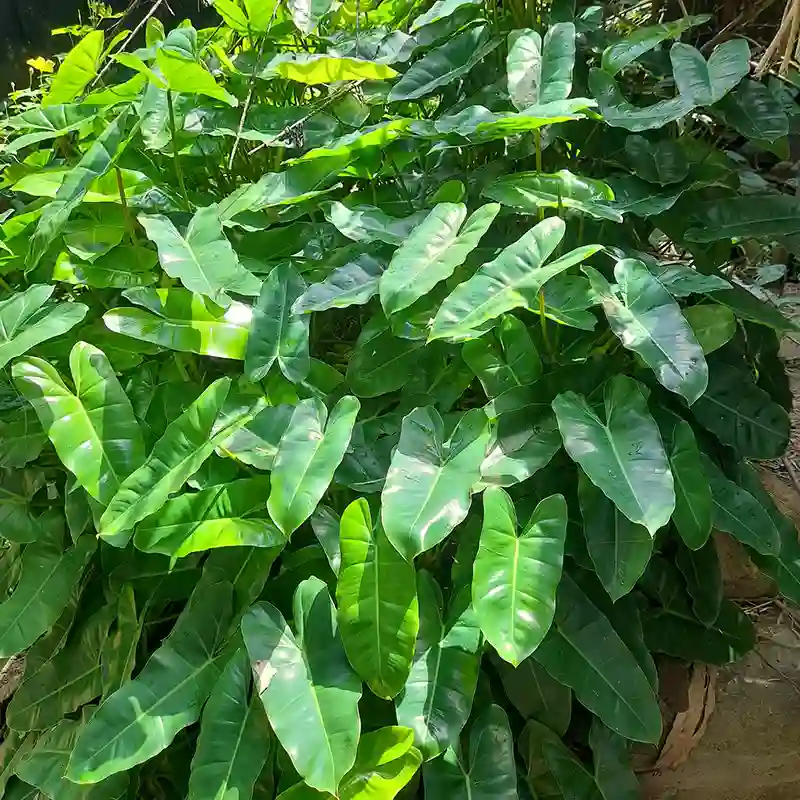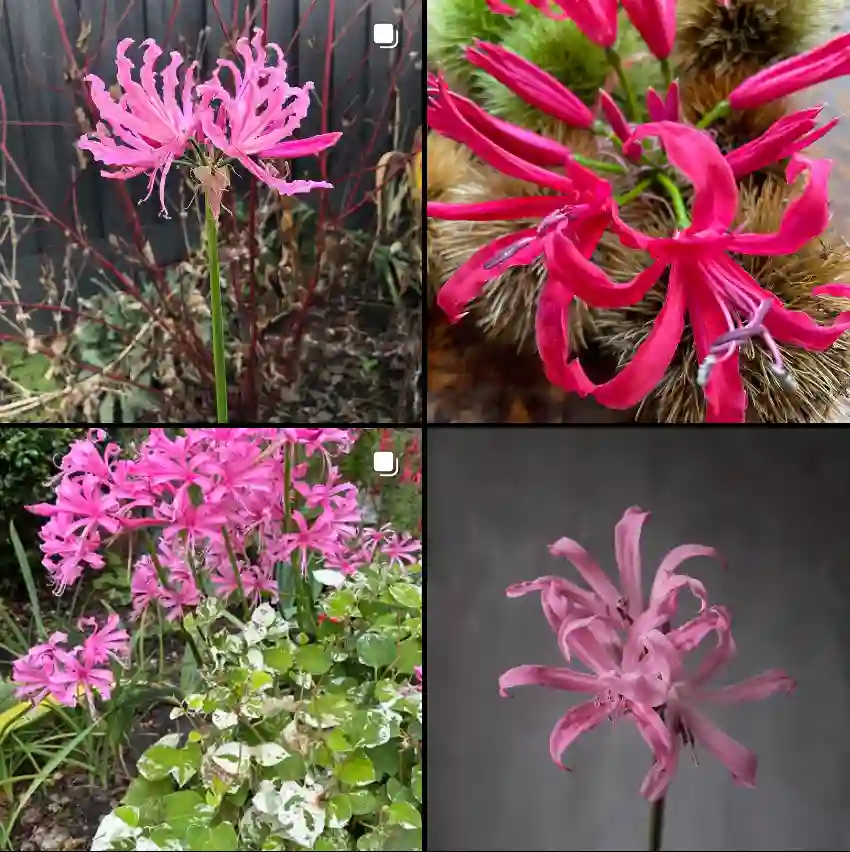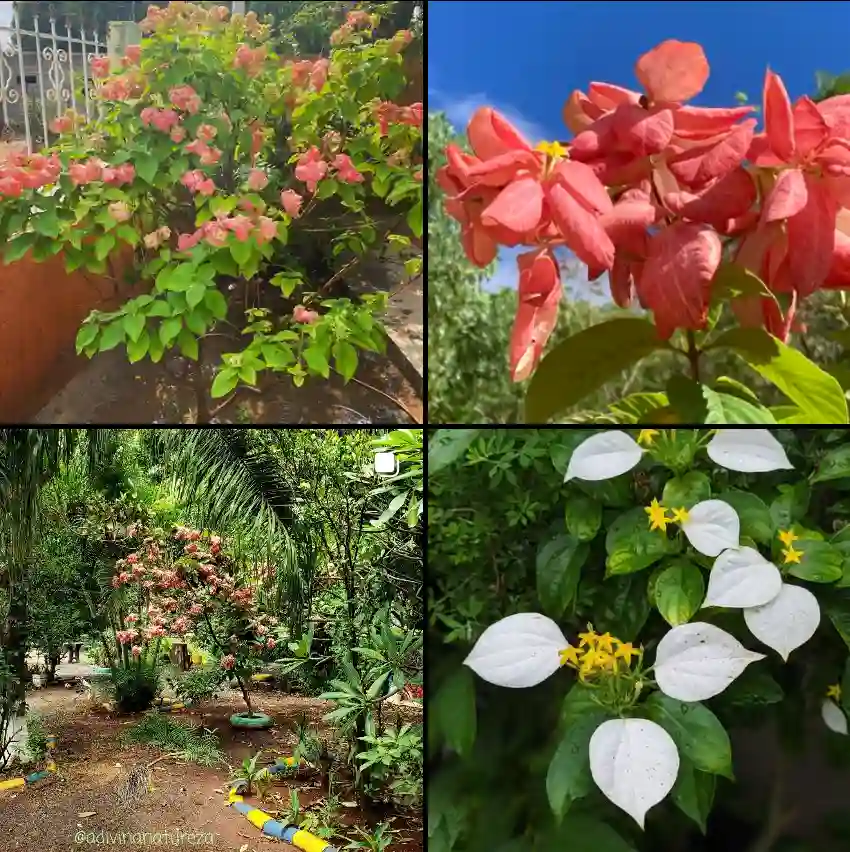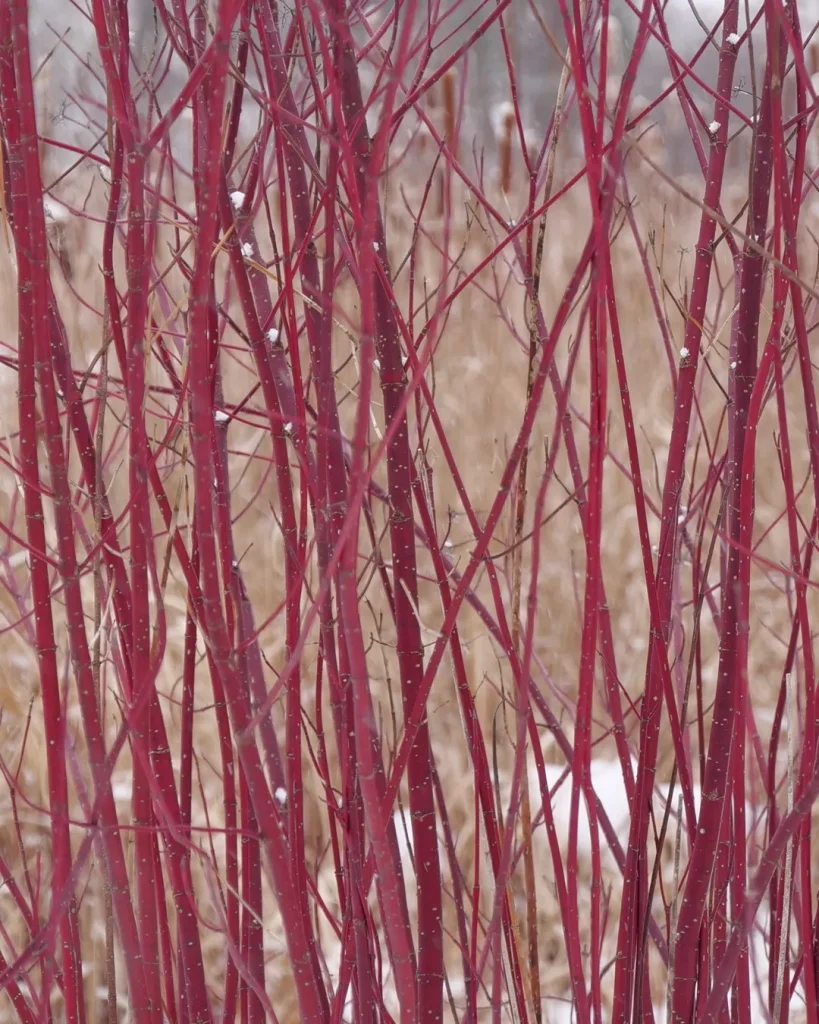FAQs About Chamaecyparis Obtusa Gracilis
If you’re interested in Chamaecyparis Obtusa Gracilis, you’re not alone. This elegant, slow-growing conifer is prized for its graceful, feathery foliage and its versatility in the garden. I’ve gathered some of the most frequently asked questions about this beautiful plant, offering insights into its care, propagation, and more.
5 Species in Genus Chamaecyparis
What Is Chamaecyparis Obtusa Gracilis?
Chamaecyparis Obtusa Gracilis is a compact, evergreen conifer native to Japan. It’s well-known for its lush, dark green foliage that turns bronze in winter. The plant is admired for its distinctive, feathery texture and rounded shape, making it a popular choice for formal gardens, bonsai, and container planting.
How to Propagate Chamaecyparis Obtusa Gracilis from Cuttings?
Propagating Chamaecyparis Obtusa Gracilis from cuttings can be a rewarding process. Here’s a step-by-step guide to help you through:
- Timing: The best time to take cuttings is in late spring or early summer when the plant is actively growing.
- Select Cuttings: Choose healthy, new growth from the tips of the branches. These should be about 4-6 inches long.
- Preparation: Trim the cutting just below a leaf node. Remove the lower leaves to expose the stem.
- Rooting Hormone: Dip the cut end in rooting hormone to encourage root development.
- Planting: Insert the cutting into a pot filled with a well-draining mix, such as a blend of peat and perlite.
- Environment: Place the pot in a bright, indirect light and keep the soil moist but not waterlogged. Covering the pot with a plastic bag can help maintain humidity.
- Transplanting: After a few months, once roots are established, transplant the new plant into a larger pot or directly into the garden.
How to Care for Chamaecyparis Obtusa Gracilis?
Proper care is essential for keeping your Hinoki Cypress healthy and vibrant. Here’s what you need to know:
- Light: Chamaecyparis Obtusa Gracilis prefers bright, indirect sunlight. It can tolerate some shade but may grow more slowly in lower light conditions.
- Watering: Keep the soil consistently moist, especially during hot weather. However, avoid waterlogging, as this can lead to root rot.
- Soil: A well-draining soil is crucial. A mix of loam, sand, and organic matter works well.
- Fertilizing: Feed the plant with a balanced, slow-release fertilizer once in early spring.
- Pruning: Prune lightly to maintain its shape and remove any dead or damaged branches. Avoid heavy pruning, which can affect the plant’s health.
What to Plant with Chamaecyparis Obtusa Gracilis?
When choosing companion plants, consider those with similar water and light requirements. Some excellent options include:
- Japanese Maples: Their delicate foliage complements the Hinoki Cypress.
- Hostas: Provide a lush ground cover that contrasts nicely with the conifer’s texture.
- Heucheras: Their vibrant colors can add a splash of interest.
Can You Grow Chamaecyparis Obtusa Gracilis Indoors?
While Chamaecyparis Obtusa Gracilis is primarily an outdoor plant, it can be grown indoors under the right conditions. It requires bright, indirect light and a cool environment. Indoor humidity should be high, so consider using a humidifier or placing the plant on a pebble tray with water.
Is Chamaecyparis Obtusa Gracilis Toxic?
Chamaecyparis Obtusa Gracilis is non-toxic to humans and pets. It’s a safe choice for gardens where children and animals play.
Benefits of Chamaecyparis Obtusa Gracilis
This conifer offers several benefits:
- Aesthetic Appeal: Its unique texture and rich green color add elegance to any landscape.
- Low Maintenance: Once established, it requires minimal care.
- Versatility: Suitable for formal gardens, bonsai, and container planting.
Common Problems with Chamaecyparis Obtusa Gracilis
Some issues you might encounter include:
- Pests: Watch for spider mites and scale insects. Regular inspection and appropriate treatments can help manage these pests.
- Diseases: Root rot can occur if the soil is too wet. Ensure proper drainage to prevent this problem.
Comparing Chamaecyparis Obtusa Gracilis with Similar Plants
You might find yourself comparing Chamaecyparis Obtusa Gracilis with other conifers, such as:
- Chamaecyparis Pisifera: This species tends to be larger and more tolerant of varied soil conditions.
- Cryptomeria Japonica: Also known as Japanese Cedar, this plant has a similar look but grows faster and larger.
Understanding these differences can help you choose the right plant for your garden’s needs.
By addressing these FAQs, I hope you find it easier to care for and enjoy Chamaecyparis Obtusa Gracilis. Whether you’re growing it as a focal point in your garden or as part of a bonsai collection, this charming conifer can add beauty and interest to your space.
If i die, water my plants!



